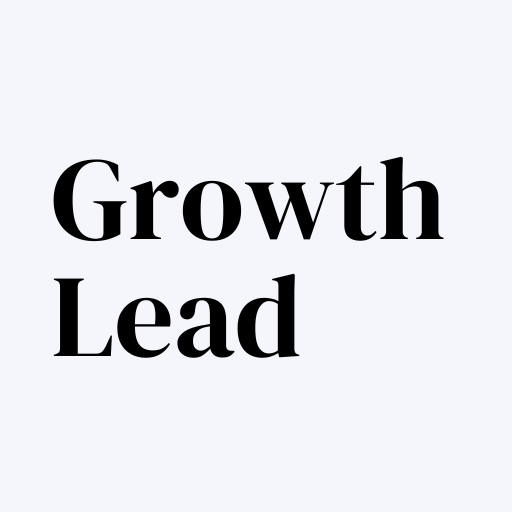Product Discovery - A Guide to Techniques & Tools
Product discovery is an essential part of the product development process. It has the potential to make or break a product because it sets the stage for the entire product development journey. It’s all about understanding the problem, researching the market and exploring potential solutions. It involves gathering feedback from users, customers and stakeholders, testing concepts and prototypes and making sure the product truly meets the users' needs. In this guide, we’ll explore key product discovery techniques and tools.
Product Discovery Techniques
Viability Testing
The first and most important category of discovery activities is about testing the viability. This is all about making sure your product idea is feasible and can be built.
Viability activities include (in order of idea maturity stage):
- Market Analysis
- Market sizing
- Competitor Analysis
- Perceptual Mapping/Positioning Research
- Segmentation
- Customer interviews
- Business modelling
- Price Testing
- Forecasting
- Kano Analysis
- Analytics
All of these activities are designed to help you understand the market, the competitive landscape and the customer’s needs. They will help you determine whether the product has the potential to succeed and make sure you’re not wasting time and resources on something that won’t work.
Desirability Testing
The second category of activities is about validating desirability. This is all about making sure the product meets the needs of your users and that they actually want it.
Desirability activities include:
- User testing
- Customer interviews
- Ethnographic research
- Focus Groups
- Surveys
- Observation/Contextual Inquiry
- Prototyping
- A/B testing
- 404/Fake door tests
- NB tests
- Customer Journey Mapping
- JTBD Analysis
- Analytics
These activities are designed to help you understand the users and their needs. They will help you determine whether the product is desirable and make sure you’re not wasting time and resources on something that won’t be accepted.
👉 Check out our article on How to Master Shopify AB Testing for Your Small Business to learn more about how to perform A/B tests.
Feasibility Testing
The third and final category of activities is feasibility testing. This is all about making sure the product can actually be built.
Feasibility activities include:
- Prototyping
- PoCs
- MVP
- Spikes
- Alpha/Beta
All of these activities are designed to help you understand the feasibility of the product. They will help you determine whether the product can be built and make sure you’re not wasting time and resources on something that can’t actually be built.
Top Product Discovery Tools
Google Analytics
Google Analytics is a powerful tool for gathering data and insights about your product and users. It can help you understand customer behaviour and trends, analyse user engagement, and track conversion rates.
UserTesting
UserTesting is an online platform that helps companies understand their customers’ experiences with their digital products and services. It provides insights into how users interact with digital products and services.
Hotjar
Hotjar is a powerful tool for analyzing user behaviour and understanding user feedback. It provides heatmaps, recordings, forms analysis, and surveys to help you understand how your users interact with your product.
UsabilityHub
UsabilityHub is a platform for conducting customer research and testing. You can use it to run surveys, user tests and focus groups.
SurveyMonkey
SurveyMonkey is a powerful tool for conducting customer surveys. It provides a range of survey templates and analysis tools to help you understand customer feedback.
Common Mistakes when doing Product Discovery
One of the most common mistakes people make when it comes to doing product discovery work is failing to do enough research. Too often, companies jump right into product development before taking the time to really understand the needs of their customers and the competitive landscape.
Product discovery should involve gathering feedback from users, customers and stakeholders, testing concepts and prototypes and making sure the product truly meets the needs of the users.
Another mistake is not having a structured approach. Product discovery can be an intimidating process, and it’s easy to get overwhelmed. It’s essential to have a clear plan and structure in place, so you know what activities you need to do and when.
I have also seen the mistake of not testing enough. Too often, companies don’t do enough testing, which can result in a product that is not fit for purpose. Testing should include user testing, customer interviews, focus groups, surveys, observation, prototyping and analytics.
Finally, not involving the right stakeholders is another common mistake. Product discovery should involve stakeholders from all company areas, including marketing, engineering and design. This will help ensure that the product meets the needs of the users and the company’s objectives.
Conclusion
Product discovery is an essential part of your product development process. It has the potential to make or break your product, as it sets the stage for the entire product development journey. It requires a structured approach and thoughtful execution.
The key to doing it successfully is to break it down into different categories of activities explained above. This will help ensure that your product is viable, desirable and feasible and that you’re not wasting time and resources on something that won’t work.
